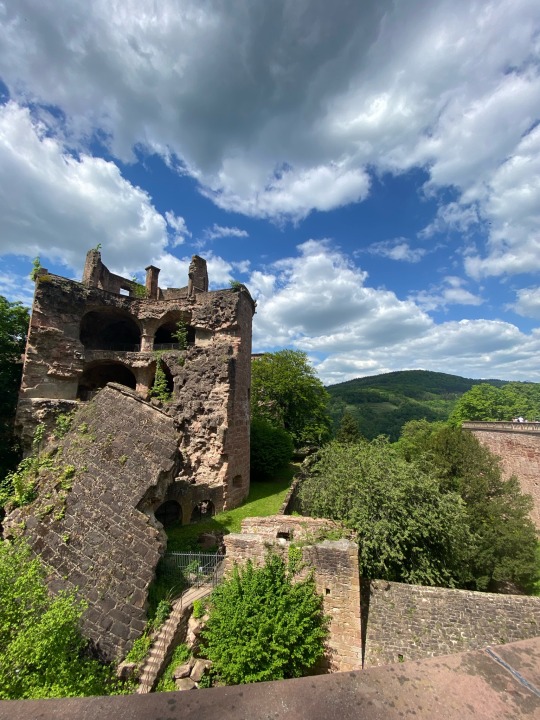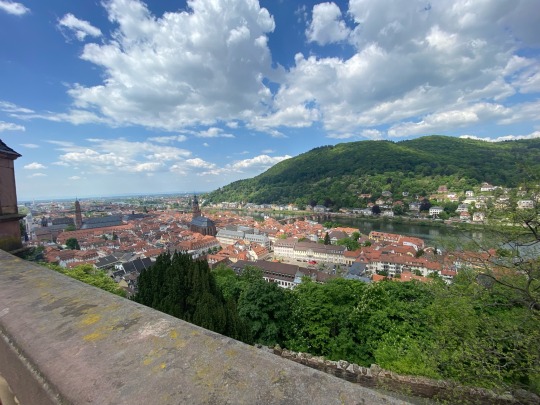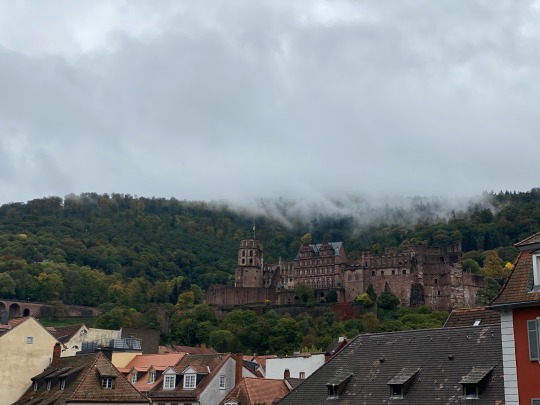#schloss heidelberg
Photo

“If we find ourselves with a desire that nothing in this world can satisfy, the most probable explanation is that we were made for another world.”
― C.S. Lewis
Photo: Heidelberg, Germany
#heidelberg#schloss heidelberg#heidelberg castle#germany#deutschland#baden-wurttemberg#cs lewis#god#christianity#europe#eu#travel#tourism#explore#adventure#world travel#history#castle#christian quotes
21 notes
·
View notes
Text

HEIDELBERG CASTLE - GERMANY
#heidelberg#castle#schloss#castillo#burg#chateau#castello#castelo#neckar#river#deutchland#germany#alemania#europe#europa
104 notes
·
View notes
Text

Heidelberg Palace - Baden-Württemberg.
37 notes
·
View notes
Photo
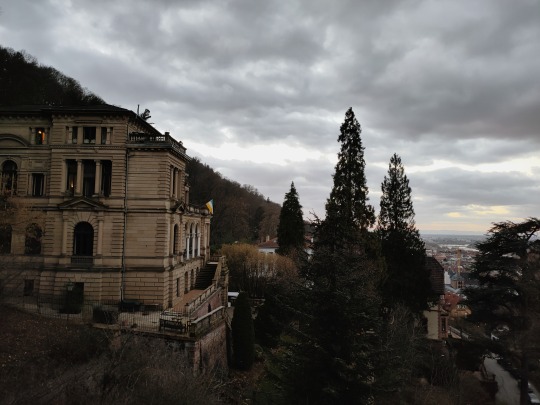
stately manor.
#castle#view#city view#aussicht#schloss#old city#altstadt#heidelberg#old building#manor#stately#stately manor#herrschaftlich#anwesen#photography#mountain#winter#melancholic#dark weather#düster
6 notes
·
View notes
Photo
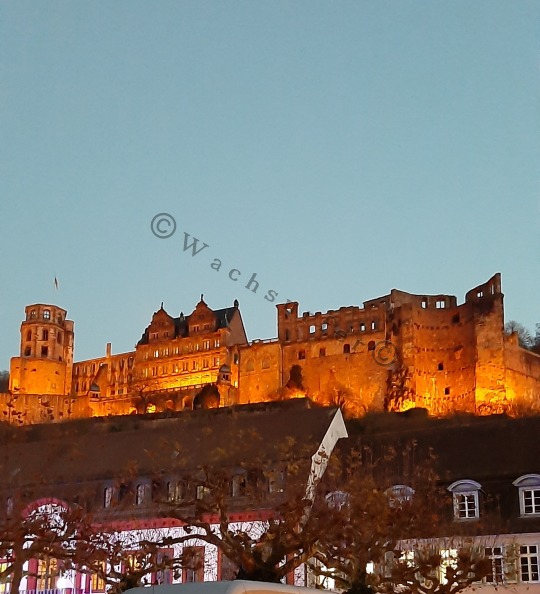
Heidelberg
13 notes
·
View notes
Video
youtube
Heidelberg - Germany | Palace - Bridge Monkey - Historic Downtown
2 notes
·
View notes
Photo

“If you don’t build castles in the air, you won’t build anything on the ground.”--Victor Hugo
Photo: Heidelberg Castle, Germany
#heidelberg#schloss heidelberg#heidelberg castle#germany#deutschland#castle#castle ruins#medieval#europe#eu#european union#western europe#travel#tourism#adventure#world travel#european vacation#baden-wurttenburg#rhinelands#literary quotes#book quotes#lit quotes#victor hugo#history#european history
3 notes
·
View notes
Text
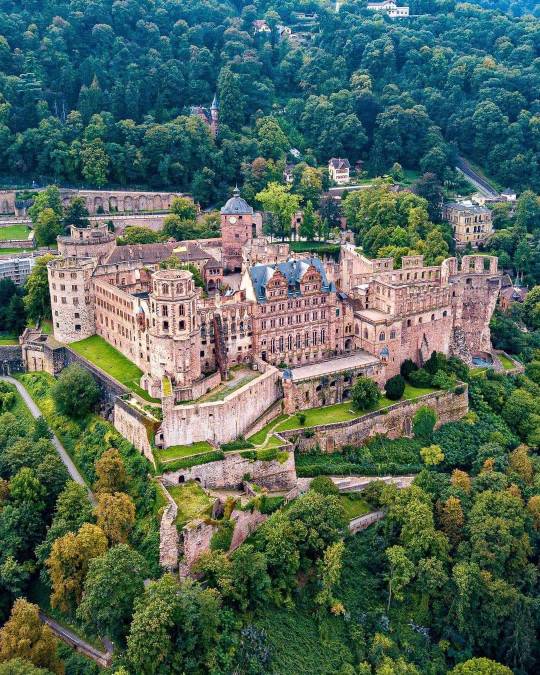
Schloss Heilderberg - GERMANY
43 notes
·
View notes
Text
New golf clubs! (^▽^)Hope it won't hurt you guys~
#Golf#berlin#switzerland#schweiz#suisse#heidelberger schloss#kölner dom#deutschland#zürich#home#don’t worry darling
0 notes
Text

Heidelberg - Baden-Württemberg.
20 notes
·
View notes
Photo

Heidelberg.
#castle#heidelberg#germany#german cities#schloss#cozy#winter#winter vibes#winter mood#lights#winter light#lichter#dark weather#dunkel#architecture#old building#old architecture#lantern#vintage#vintage city
3 notes
·
View notes
Text
Albert Speer

These are some facts and curiosities about Albert Speer, the Fuhrer's architect:
He was born in March 19, 1905.
He spent his youth in the Schloss-Wolfsbrunnenweg, the luxurious family home in Heidelberg, and cultivated a wide range of interests, including skiing, mountain excursions, rugby and, above all, mathematics, a discipline towards which he had a fervent passion.
However, due to his father's opposition, Speer ultimately chose to follow in his uncle's footsteps and study to become an architect.
After studying at the University of Karlsruhe, he moved to Munich, where he studied at the Berlin Institute of Technology, under the guidance of the famous architect Heinrich Tessenow.
During his university years Speer never adhered to any specific faith or political opinion.
This substantial "apoliticality" ceased during his discipleship at Tessenow, when Albert was persuaded by some of his students to participate in a Nazi party demonstration
Speer came into contact with Hitler in 1933 through the intercession of Rudolf Hess, by whom the architect was commissioned to design the apparatus for the Nuremberg rally that year.
Despite some initial doubts, the project met with the sympathy of the Führer and, above all, of Joseph Goebbels, who asked him to renew the Ministry of Propaganda.
An immediate understanding was established between Speer and Hitler: the Führer, in fact, was looking for a young architect capable of giving life to his architectural ambitions for a new Germany and therefore immediately included Speer in his closest circles.
Upon Troost's death in 1934, Speer was chosen by Hitler to replace him as chief architect of the Party.
In 1942, after the death of Fritz Todt (which occurred in a mysterious plane crash), Hitler surprisingly appointed Speer, who had no experience in industrial production, "Minister for Armaments and War Production".
In 1945 Speer refused to carry out the "scorched earth" strategy (established by the Nero decree), which aimed to completely destroy everything in German territories that would fall into enemy hands.
He was a great friend of Karl Brandt (one of the major exponents of Aktion T4) and they acted to save each other's lives: in 1944 Brandt used his powers as General Commissioner of Medical Services and his friendships to save Speer , already ill, from the assassination attempt plotted by Himmler. In 1945 Speer saved Brandt from the death sentence for ''treason''.
Speer was arrested by Allied forces in Flensburg immediately after the end of the conflict, and tried in Nuremberg on charges of using slave labor to run the German war industry.
He was sentenced to twenty years' imprisonment, to be served in Spandau prison in West Berlin.
Prison and solitary confinement provided Speer with the opportunity to write his memoirs, which made him an international celebrity and a very wealthy man.
He died on September 1, 1981, in London.
Some documents discovered after Speer's death prove, without a shadow of a doubt, that as early as 1943 Speer was aware of what really happened in Auschwitz.
Sources:
Wikipedia: Albert Speer
The Nazi Doctors by Robert Jay Lifton ( for the part of Brandt )
Hitler and his loyalists by Paul Roland
I DON'T SUPPORT NAZISM, FASCISM OR ZIONISM IN ANY WAY, THIS IS AN EDUCATIONAL POST
58 notes
·
View notes
Note
Schloss Heidelberg, Baden-Württemberg, Germany
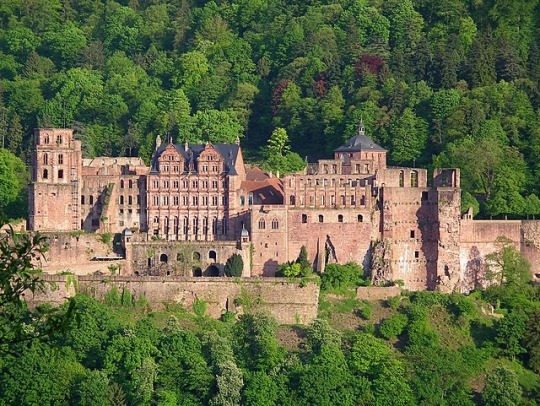
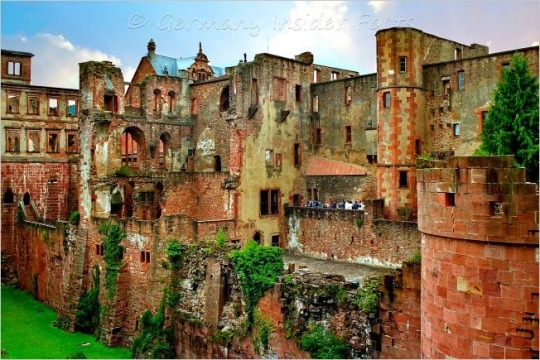

11 notes
·
View notes
Text
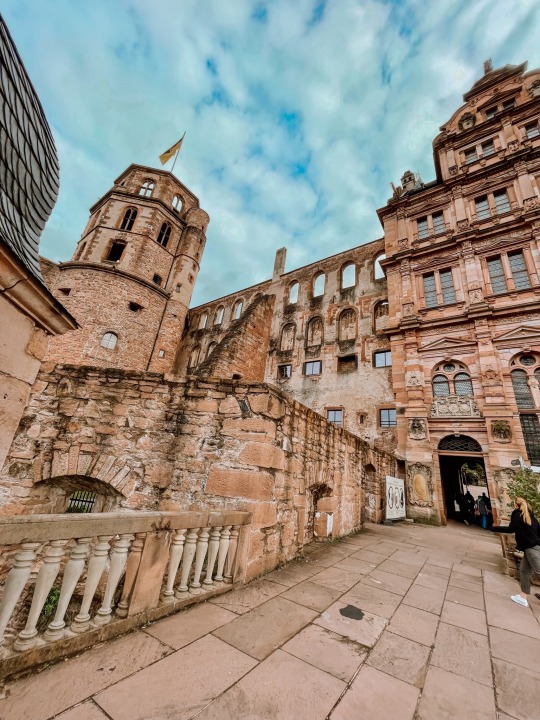
📍Schloss Heidelberg, Germany
6 notes
·
View notes
